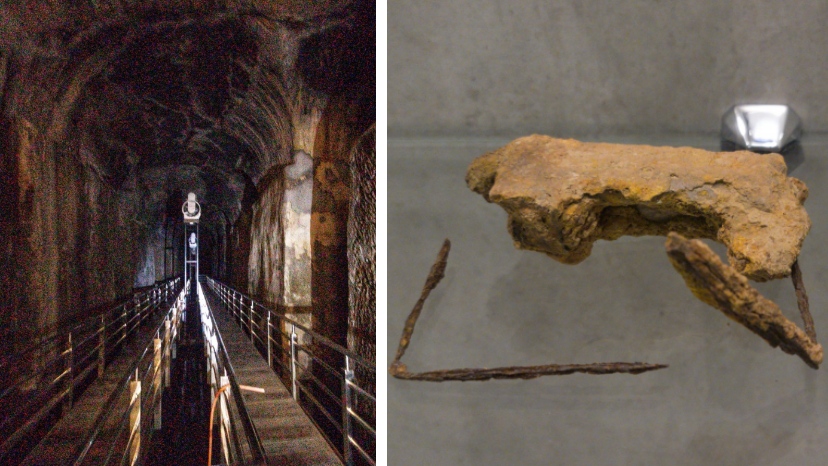Running under the busy streets of San Juan City is one of the world’s oldest underground reservoirs, built by Spanish authorities in 1880, and which runs all the way to Intramuros. It’s been the site of battles since the Philippine Revolution, and has been used as a wartime hospital, armory, and even a firing range.
There’s also been a museum dedicated to El Deposito since 2019—and at the end of August 2021, the tunnels themselves will be open to the public.
The Tourism office of San Juan posted photos of the Museo El Deposito San Juan, showing photos of existing exhibits, alongside a sneak preview of the rehabilitated tunnels. “The restored El Deposito Underground Tunnel will be officially opened to the public on August 30, 2021, subject to IATF health and safety protocols,” the announcement read.
El Deposito is a marvel of Hispanic-era engineering, a reservoir that could hold 15 million gallons of water that was built as part of the massive Carriedo Waterworks project that ran from 1878 to 1882, under the supervision of Spanish engineer Genaro Palacios. The reservoir taps into the Marikina River as a main water source, with tunnels to carry the water running under the city.
As a strategically important site, El Deposito became the target of a takeover attempt by the Katipunan during the Philippine Revolution, sparking what became known as the Battle of San Juan del Monte in 1896.
____________________
Also read: ‘Walk’ on Intramuros’ cobbled streets with this sweeping virtual tour
____________________
During the Philippine-American war, it fell under American control and was used as an armory. In World War II, Japanese forces took over, and the tunnels were used as a hospital for tuberculosis patients and as a firing range.
El Deposito had fallen into disuse in the decades following the Liberation of Manila, and efforts to rehabilitate it only began in 2016, when the University of the Philippines Archaeological Studies department began work assessing and excavating the site. The National Historical Commission of the Philippines started cleaning of the tunnel in 2018, with an eye toward turning it into a tourist destination.
While the pandemic delayed the opening of the tunnels, the Museo El Deposit itself has been open since 2019, housed inside a two-story building on top of the opening to the reservoir. Nearby are the Museo ng Katipunan, and the Pinaglabanan Memorial Shrine, both of which commemorate important historical events in the struggle for Philippine independence.




